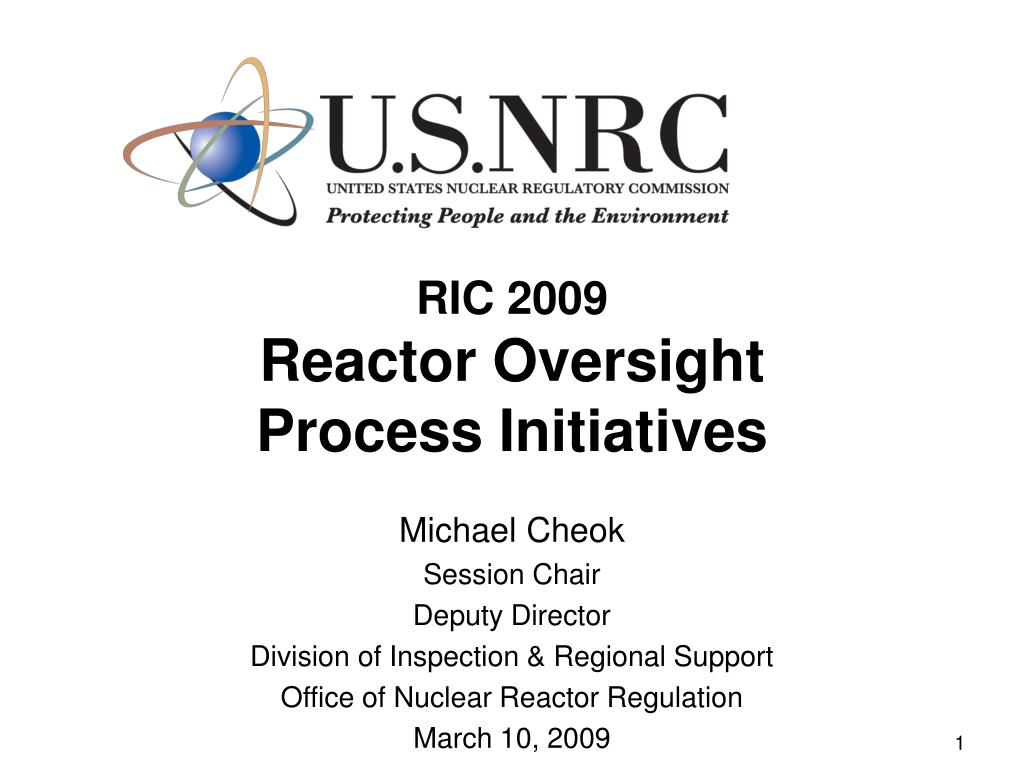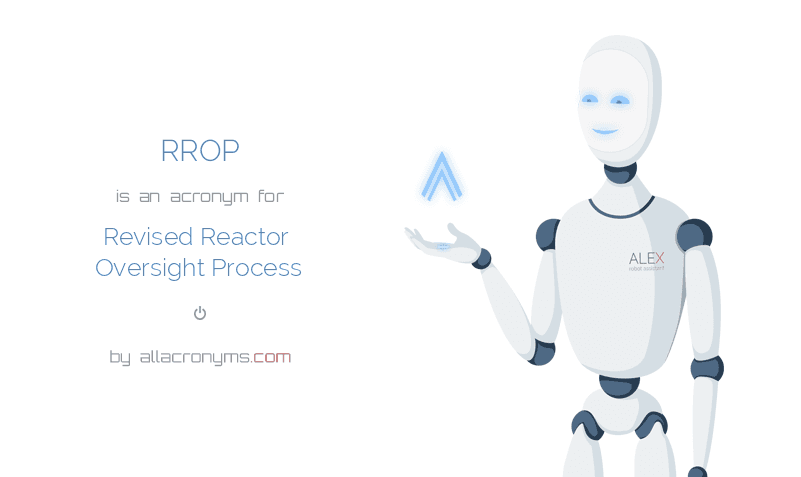

The report recommends strongly that to maximize public safety, the NRC should be more vigilant in tracking and sharing all instances of suspected counterfeit and fraudulent items to minimize the possibility and mitigate their uses in the nation’s nuclear power plants. The OIG’s report suggested the NRC was “underestimating” the number and impact of CFSI in plants because they don’t require all suspected components be reported to the agency by plant owners except in “extraordinary circumstances” involving equipment failure.

What would it look like? What is the NRC doing about counterfeit parts? More: Hampton Beach could one day have a pier. “Seabrook meets numerous regulatory requirements and follows strict internal processes to ensure there are no counterfeit parts used at the power plant.”


“Seabrook operates in accordance with all NRC, federal and state regulations,” Orlove wrote at the time. Responding to the OIG report in February, Bill Orlove, spokesperson for the owners of NextEra Energy Seabrook nuclear power plant, said the report focused on the “NRC processes and not those employed at Seabrook Station.” At no point did the Inspector General’s report specifically name the nuclear power plant in Seabrook, or any of the nation’s nuclear power plants as the facilities where CFSI components were found. There are currently about 95 operating nuclear power plants in the United States with two more under construction. Office of the Inspector General (OIG) investigators sampled one nuclear power plant in each of the NRC’s four regions, finding supporting data that CFSI were found in one plant in Region III, although it was suggested by “a well-placed NRC principal” that two component failures in Northeast Region I plants were due to CFSI. nuclear plants, potentially increasing the risk of a safety failure.
#Reactor oversight process verification
Verification includes inspection of physical characteristics as well as performance testing.īut according to the Office of the Inspector General’s February report, counterfeit parts were discovered in U.S. The NRC requires power plant licensees to use products and services exhibiting the highest quality in agency-regulated activities, also insisting nuclear power plants, their vendors and suppliers verify the quality of the items used in power plants. The NRC defines a counterfeit, fraudulent, and suspect items “as an unauthorized copy or substitute that has been identified, marked and/or altered by a source other than the item’s legally authorized source,” or one that “has been misrepresented to be an authorized item of that legally authorized source.” Reimagining the Brook: Seabrook casino rolling out new games, grand ballroom and more What are counterfeit, fraudulent and suspect parts? Zhang is a senior reactor operations engineer at the agency’s Office of Nuclear Reactor Regulation in that office’s Quality Assurance and Vendor Inspection Branch, according to Sheehan. Overseeing the implementation of the eight improvements is NRC staff member Deanna Zhang, as lead of the agency’s CFSI Technical Review Group. The actions target completion dates range from August to April 2023. “The responses cover the staff’s planned actions to enhance the agency’s oversight process in this area, as well as target dates for completion,” said Neil Sheehan, spokesman for NRC Region 1. In its April 11 response to Feitel’s audit report, NRC staff agreed with all eight of the recommendations delineating a plan of action for each. Previous story: Counterfeit parts found in U.S. The report made eight major recommendations for ways the NRC should improve its methodology concerning the investigation, documentation, communication, tracking, and inspection training in regard to CFSI. The report filed by Inspector General Robert Feitel discussed perceived insufficiencies in the NRC’s existing policies on counterfeit, fraudulent and suspect items.


 0 kommentar(er)
0 kommentar(er)
